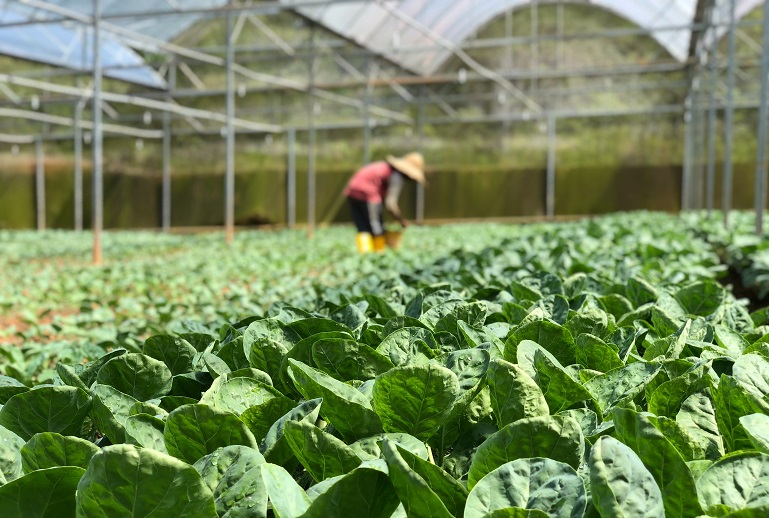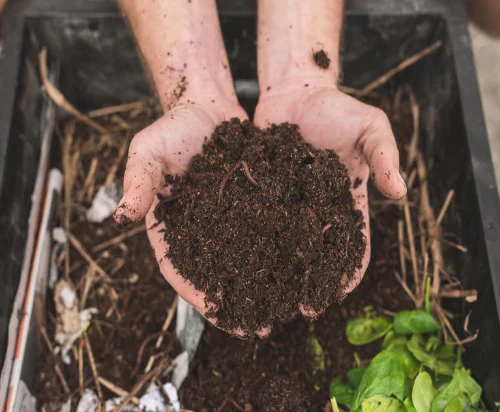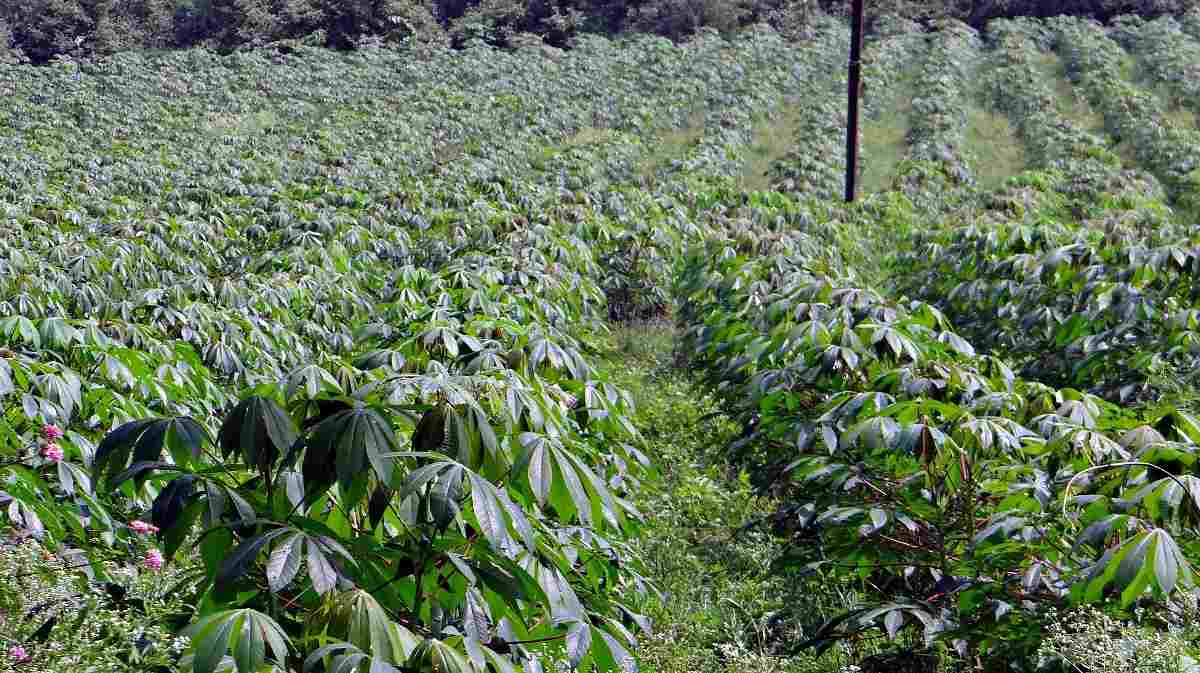

Contract farming is an arrangement where the production and supply of agriculture products are done under a contract between farmers, suppliers and producers. This arrangement can act as a catalyst for modernizing agricultural practices in India because the industries dependent on agriculture products requires adequate and timely inputs for optimum agricultural produce. In addition, the National Agricultural Policy of the Indian Government is also promoting private participation to meet the increasing need.
The present aspects of Indian agriculture have several areas where contract farming can be beneficial, especially in medical plant farming. Therefore, both farmers and agriculture-based firms can get numerous benefits by implementing contract farming. Some of these benefits are discussed below: Producer/Farmer
Vegetable farming is the growing of vegetables for human consumption. The practice probably started in several parts of the world over ten thousand years ago, with families growing vegetables for their own consumption or to trade locally. At first manual labour was used but in time livestock were domesticated and the ground could be turned by the plough. More recently, mechanisation has revolutionised vegetable farming with nearly all processes being able to be performed by machine. Specialist producers grow the particular crops that do well in their locality. New methods—such as aquaponics, raised beds and cultivation under glass—are used. Marketing can be done locally in farmer's markets, traditional markets or pick-your-own operations, or farmers can contract their whole crops to wholesalers, canners or retailer.


The Philippines' Agricultural Training Institute (Filipino: Surian ng Pasanayang Pang-agrikultura,[3] abbreviated as ATI), is an agency of the Philippine government under the Department of Agriculture responsible for training agricultural extension workers and their clientele; conducting multi-level training programs to promote and accelerate rural development; and ensuring that research results are communicated to the farmers through appropriate training and extension activities


Papaya also known as “Carica papaya” is a tropical fruit having commercial importance because of its high nutritive and medicinal value. Papaya cultivation had its origin in South Mexico and Costa Rica.
Papaya is a popular fruit famous for its high nutritive and medicinal values. It comes early in bearing than any other fruit crop, produces fruits in less than a year and the production of fruits is quite high per unit area. Papaya is cultivated more or less on a commercial scale in the foothills and plain valleys of all states of the north eastern region. As per statistics available 3,670 hectares yield 47,280 tonnes of papaya annually. It is the fourth important crop of this region. Among the hill states, Mizoram has the largest area under this crop, followed by Tripura and Manipur, While in production Manipur contributes the maximum, followed by Tripura and Mizoram. Papaya is a native crop of Mexico, and was introduced in India in the 16th century. Now it has become popular all over India and is the fifth most commercially important fruit of the country.
Floriculture crops include beddings plants, houseplants, flowering garden and pot plants, cut cultivated greens, and cut flowers. As distinguished from nursery crops, floriculture crops are generally herbaceous. Bedding and garden plants consist of young flowering plants (annuals and perennials) and vegetable plants.
They are grown in cell packs (in flats or trays), in pots, or in hanging baskets, usually inside a controlled environment, and sold largely for gardens and landscaping. Pelargonium ("geraniums"), Impatiens ("busy lizzies"), and Petunia are the best-selling bedding plants. The many cultivars of Chrysanthemum are the major perennial garden plant in the United States.
Flowering plants are largely sold in pots for indoor use. The major flowering plants are poinsettias, orchids, florist chrysanthemums, and finished florist azaleas. Foliage plants are also sold in pots and hanging baskets for indoor and patio use, including larger specimens for office, hotel, and restaurant interiors.
Cut flowers are usually sold in bunches or as bouquets with cut foliage. The production of cut flowers is specifically known as the cut flower industry. Farming flowers and foliage employs special aspects of floriculture, such as spacing, training and pruning plants for optimal flower harvest; and post-harvest treatment such as chemical treatments, storage, preservation and packaging. In Australia and the United States some species are harvested from the wild for the cut flower market.


Floriculture crops include beddings plants, houseplants, flowering garden and pot plants, cut cultivated greens, and cut flowers. As distinguished from nursery crops, floriculture crops are generally herbaceous. Bedding and garden plants consist of young flowering plants (annuals and perennials) and vegetable plants.
They are grown in cell packs (in flats or trays), in pots, or in hanging baskets, usually inside a controlled environment, and sold largely for gardens and landscaping. Pelargonium ("geraniums"), Impatiens ("busy lizzies"), and Petunia are the best-selling bedding plants. The many cultivars of Chrysanthemum are the major perennial garden plant in the United States.
Flowering plants are largely sold in pots for indoor use. The major flowering plants are poinsettias, orchids, florist chrysanthemums, and finished florist azaleas. Foliage plants are also sold in pots and hanging baskets for indoor and patio use, including larger specimens for office, hotel, and restaurant interiors.
Cut flowers are usually sold in bunches or as bouquets with cut foliage. The production of cut flowers is specifically known as the cut flower industry. Farming flowers and foliage employs special aspects of floriculture, such as spacing, training and pruning plants for optimal flower harvest; and post-harvest treatment such as chemical treatments, storage, preservation and packaging. In Australia and the United States some species are harvested from the wild for the cut flower market.